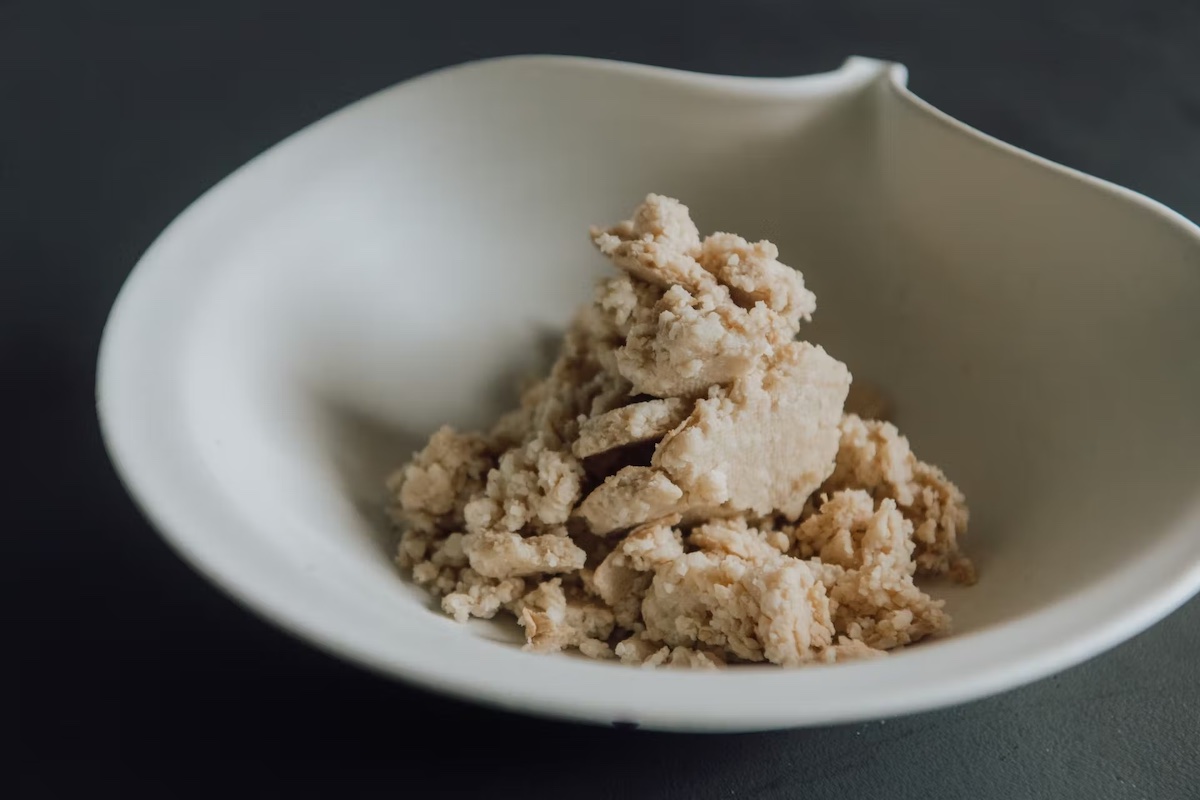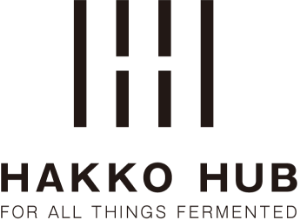Discover how Sake Kasu Can Be Used As a Mayo Substitute
Last October, American food professionals visited fermented food producers to deepen their knowledge of Japanese fermentation culture during the “Hakko Tourism in Japan” tour campaign. As part of the tour, organizers held a tasting session where guests gave candid advice from the perspective of the American market to food product manufacturers looking to enter the United States market.
Ine to Agave Brewery, located on the Oga Peninsula in Akita Prefecture, northwestern Japan, is restoring an aging country town through fermented products, especially sake.
Part 1 introduced the founder, Shuhei Okazumi and his diverse projects. Here, we’ll focus on their new product, Koji Mayo, which will be distributed in the U.S. as well.
Sake kasu: a treasure trove of nutrients

Sake kasu
Sake kasu, while a byproduct of brewing, still has the aroma and umami of sake. By taking advantage of this flavor, sake lees has been used in cooking in Japan. It’s leaned on for pickling vegetables, marinating grilled fish and meat and for dissolving in miso soup. Not only for Japanese cuisine, it also lends a savory aroma when kneaded into bread dough and baked.
More noteworthy than the flavor, however, is its nutritional profile. It is often used in health and beauty food products and other products for its rich vitamin B complex, which regulates the skin and mucous membranes. Rich in dietary fiber, it helps regulate the intestinal environment. Also, it is said to prevent obesity because of its components that suppress the absorption of sugar and eliminate fat and cholesterol. Studies show it prevents serious diseases like cerebral infarction and arteriosclerosis.
Despite such nutritional treasures, sake kasu is increasingly thrown away since it does not fit into the modern Japanese diet. Ine to Agave is trying to rediscover the value of sake kasu in a quest for zero-waste operations.
The healthiest vegan mayo

Sake kasu for sustainability

Rendering of Sanaburi Factory
Saki Kimura is an accomplished journalist specializing in sake. With a journalism certificate from UCLA, she's reported on sake consumption worldwide. Currently the director of SAKETIMES International, she writes, translates, and promotes sake, focusing on overseas distribution and international breweries. Her expertise has made her a respected figure in the industry.

